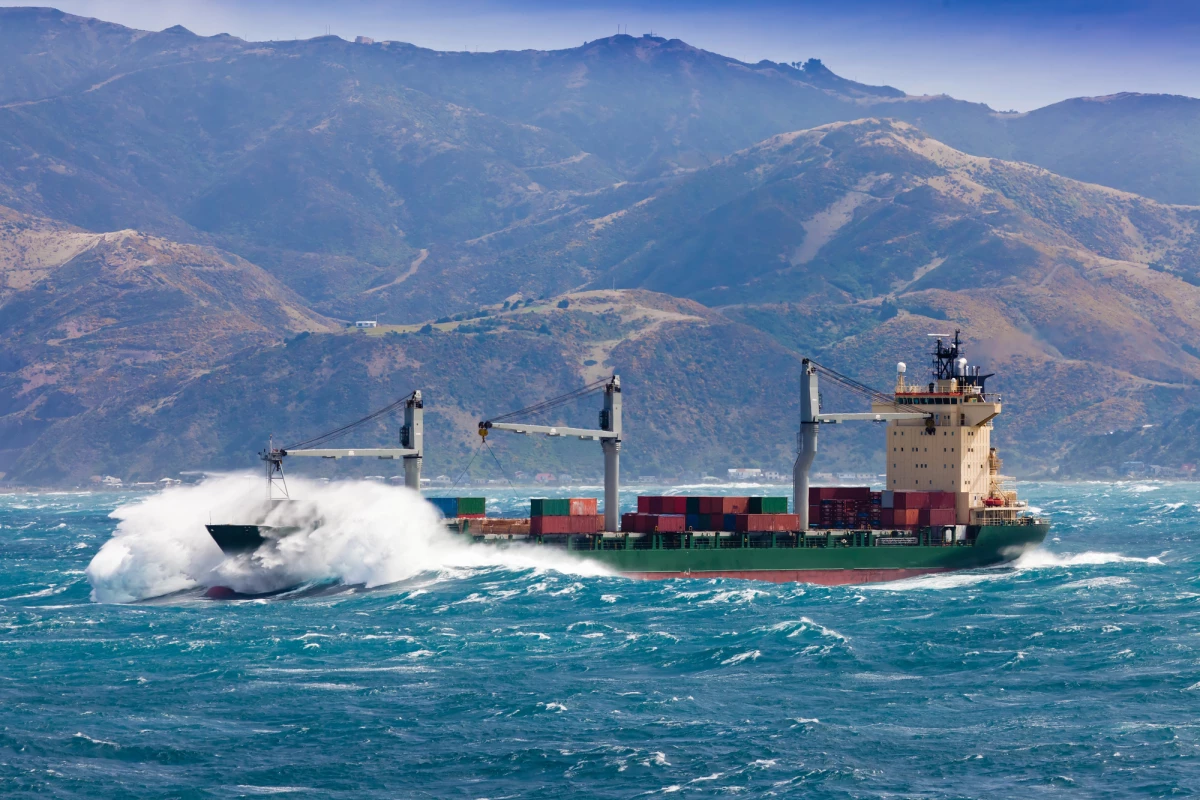Unpredictable monster waves at sea can severely damage ships and offshore platforms, putting the lives of those who work on them at risk. A new system out of the University of Maryland uses a neural network to provide valuable early-warning alerts.
Rogue waves, which are any waves considered to be at least two times the height of the tallest waves around them, can be terrifying to those working at sea. Long reported only anecdotally by sailors, in 1995 a wave measuring 25.6 meters high (84 ft) struck the North Sea Draupner gas platform off the coast of Norway and was verified by a laser-measuring tool. In 2020, a rogue wave measuring 17.6 m (57.7 ft) was recorded by a series of buoys off the coast of Ucluelet on Vancouver Island. And in 2022, the cruise ship, the Viking Polaris, was struck by a rogue wave that took the life of a passenger.
Even though a study from 2019 found that rogue waves are occurring less frequently, it also concluded that they are getting more severe. So systems to help predict them could go a long way to protecting the lives of those working at sea, who could seek shelter and take other precautions before they hit.
Last year, researchers working out of the University of Copenhagen used an AI system to analyze data from buoys at 158 locations around the world to untangle the complex cause of these unpredictable monster waves. The team found that they are caused by a process known as linear superposition, in which two wave systems cross and amplify each other.
“If two wave systems meet at sea in a way that increases the chance to generate high crests followed by deep troughs, the risk of extremely large waves arises,” said study first author Dion Häfner, at the time.
Now, two researchers from the University of Maryland again used AI to analyze an enormous amount of data in an effort to gain further insight into the destructive waves. They trained a neural network on 14 million 30-second long samples of sea surface elevation measurements from 172 buoys located off the shores of the continental United States and Pacific Islands. The goal was to train the AI system to be able to parse out which ocean waves would trigger a second round of rogue waves.
In testing, the new system was able to correctly identify rogue wave events with a 75% accuracy rate one minute into the future, and a 73% accuracy rate five minutes into the future.
While the researchers feel these results could lead to an early-warning systems that could help workers at sea dodge the worst effects of rogue waves, they also acknowledge the limitations of the work.
"The fact that about three out of four rogue waves are predicted also implies that one out of four rogue waves is not predicted and that a significant number of false alarms are issued," they write in the study paper that's just been published in the journal, Scientific Reports. "For an operational system, this accuracy has to be increased further. To this end, the data-driven approach taken can be altered by employing more powerful neural network architectures."
In addition to increasing the robustness of the AI system, the team also says that adding more data to the analysis such as wind speed, water depth, and wave location information could help it become even more accurate.
"While the success rates of our approach are encouraging, the utilized neural network allows us to draw only limited conclusions about the fundamental physics of rogue wave events," said co-author Thomas Breunung. "As researchers, we are now more motivated than ever to utilize similar approaches to gain a deeper understanding of rogue waves."
The paper's other author, Balakumar Balachandran, added that the neural network used in their study could also have broader applications.
"Rogue waves are one type of extreme event," he said. "Our data-driven approach could be useful for understanding and predicting other extreme events associated with, for example, climate change and combustion process."
Source: University of Maryland





